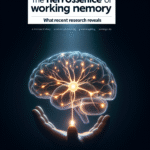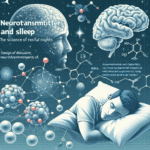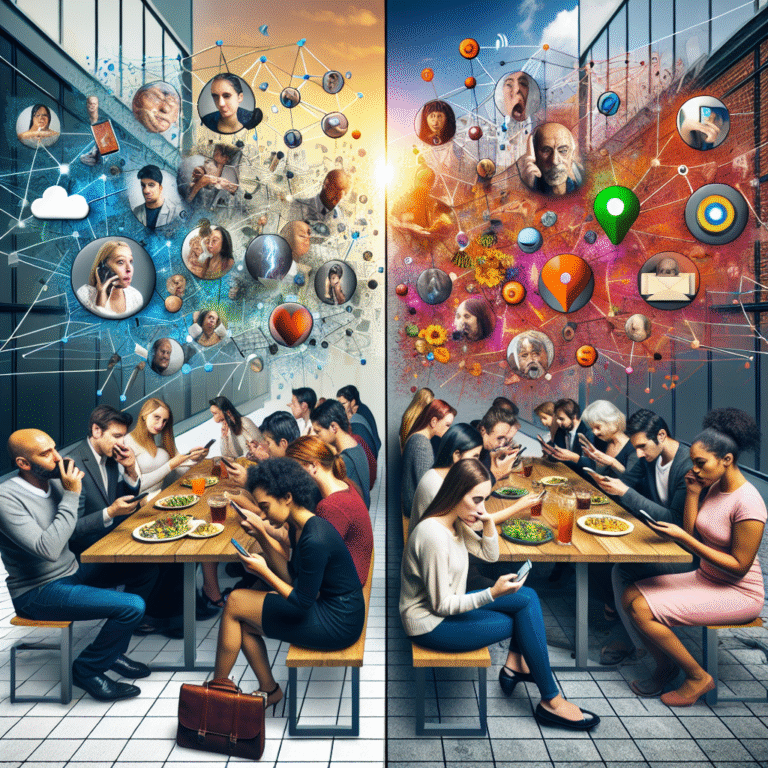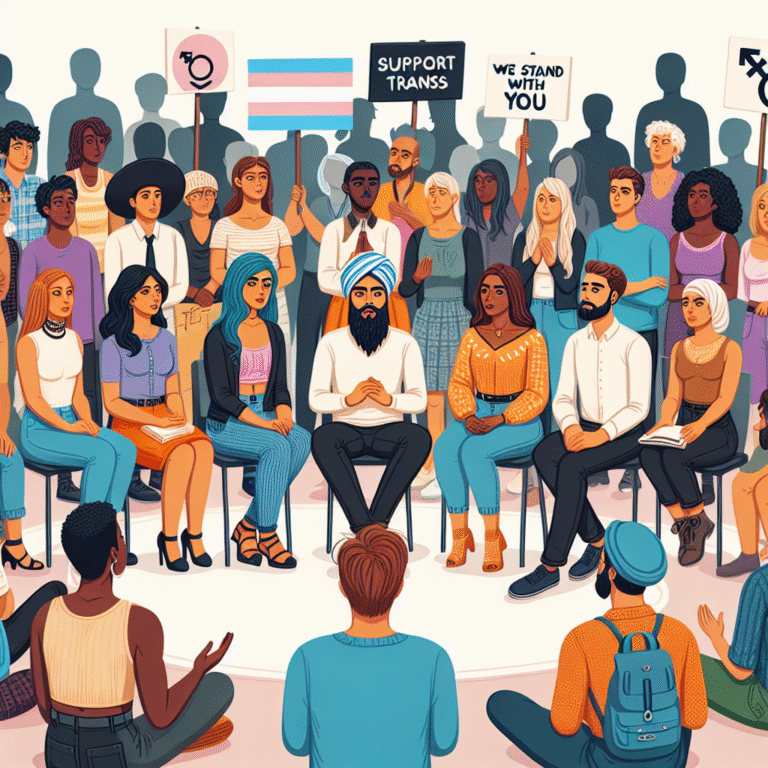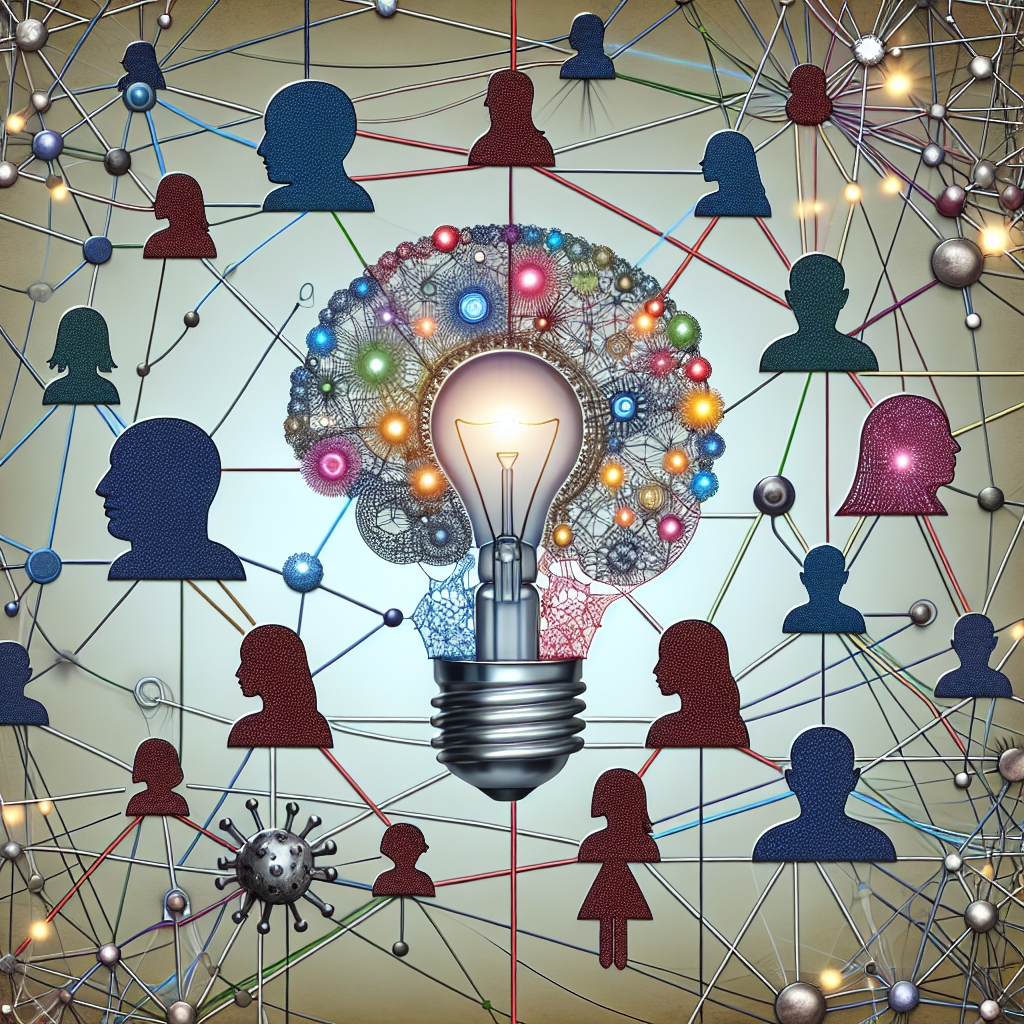
Introduction
In a world where our interactions are becoming increasingly intricate and multifaceted, understanding the nuances of social cognition has never been more critical. Whether we are interpreting a friend’s subtle facial expression, deciphering a colleague’s tone in an email, or navigating the challenges of social media dynamics, we rely on our social cognition to make sense of it all. Essentially, understanding social cognition: how we navigate the complex web of human interactions not only enriches our personal lives but significantly enhances our professional relationships as well.
The ability to perceive others’ thoughts, feelings, and intentions enables us to forge deeper connections and avoid misunderstandings. As we delve into the realm of social cognition, we will explore its underlying mechanisms, real-world applications, and actionable insights to help readers better engage with the complex interactions that fill our daily lives.
What is Social Cognition?
Before we discuss how to navigate human interactions, it’s crucial to define what social cognition truly entails. Social cognition refers to the mental processes involved in how we think about others and ourselves in social contexts. This includes:
- Perception: How we observe and interpret social stimuli.
- Attribution: How we assign causes to behaviors, such as why someone acted in a certain way.
- Group Dynamics: Understanding how individuals behave in group settings.
- Emotional Intelligence: The ability to recognize and manage our emotions and those of others.
The processes of social cognition are vital in shaping our interactions and relationships.
Theoretical Background
To fully grasp the concept of social cognition, we must revisit some key theories:
-
Theory of Mind (ToM): This refers to our ability to attribute mental states—beliefs, intents, desires, and emotions—to ourselves and others. ToM is foundational for social interactions, allowing us to anticipate actions and understand motives.
-
Social Identity Theory: Proposed by Henri Tajfel, this theory posits that our self-concept is derived from our relationships with others and our memberships in social groups. It helps explain why group affiliations impact behaviors and attitudes.
- Cognitive Dissonance Theory: This theory, developed by Leon Festinger, explains how we strive for internal consistency in our beliefs, attitudes, and behaviors. When dissonance arises, we may either change our beliefs or rationalize our actions to maintain harmony.
Case Study: Understanding Empathy
A prime example of social cognition in action is empathy, the ability to understand and share the feelings of others. A study conducted by researchers at the University of California, Berkeley, revealed that empathetic individuals are more adept at predicting the emotional responses of those around them. In a series of experiments, participants who scored high on empathy metrics were able to accurately gauge the feelings of others based on body language and facial expressions.
Relevance to Social Cognition
This highlights the necessity of understanding social cognition: how we navigate the complex web of human interactions. The study demonstrates that heightened empathy facilitates better communication and reduces the likelihood of interpersonal conflict.
The Role of Non-Verbal Communication
Non-verbal cues play a significant role in social interactions, often conveying more than verbal communication itself. According to research by Albert Mehrabian, 93% of communication is non-verbal. This encompasses body language, facial expressions, gestures, and even tone of voice.
Key Components of Non-Verbal Communication
-
Facial Expressions: Our faces are powerful indicators of our emotions. A simple smile or frown can shift the dynamics in a conversation.
-
Body Language: Posture and gestures can signal confidence or submission, influencing how we perceive and relate to others.
-
Eye Contact: Maintaining appropriate eye contact builds trust, while avoiding it may signal disinterest.
- Proxemics: The use of personal space varies across cultures but strongly affects comfort levels in interactions.
Case Study: Office Communication
In a corporate environment, a study by the Journal of Human Resource Management illustrated how office interactions improved when employees were trained to enhance their non-verbal communication skills. Workshops on effective body language and facial expressions resulted in a 30% increase in employee satisfaction and collaboration.
Relevance to Social Cognition
This reinforces the idea of understanding social cognition: how we navigate the complex web of human interactions. By honing non-verbal communication skills, we can better interpret and react to the social cues around us.
Emotional Intelligence: A Cornerstone of Social Cognition
Emotional Intelligence (EI) is the capacity to be aware of, control, and express one’s emotions, as well as the ability to handle interpersonal relationships judiciously and empathetically. Daniel Goleman popularized the concept, breaking down EI into five components:
- Self-Awareness: Recognizing one’s emotions and their impact.
- Self-Regulation: The ability to manage emotions and impulses.
- Motivation: A passion for work that goes beyond money and status; a propensity to pursue goals with energy.
- Empathy: Understanding and considering others’ feelings, especially when making decisions.
- Social Skills: Proficiency in managing relationships and building networks.
Case Study: Leadership and EI
A fascinating case study focused on an organization that integrated EI training into their leadership development program. The results were remarkable: the company’s leaders became more adaptable, which led to a 25% increase in team performance scores and improved employee retention rates.
Relevance to Social Cognition
This emphasizes understanding social cognition: how we navigate the complex web of human interactions. Developing emotional intelligence can greatly improve leadership effectiveness and employee morale, ultimately fostering better workplace dynamics.
Navigating Social Media: A New Frontier
In today’s digital age, social cognition also extends to online interactions. Social media platforms have transformed how we communicate, making it essential to apply our understanding of social cognition in these spaces.
Challenges of Online Interaction
The ability to accurately interpret social cues is hindered in online communications due to the lack of non-verbal signals. Common challenges include:
-
Misinterpretation of Tone: Without vocal inflection or body language, the intended tone can easily be misconstrued, leading to misunderstandings.
-
Online Disinhibition: The anonymity of the internet may cause individuals to express extreme opinions or engage in behaviors they wouldn’t in person.
- Echo Chambers: Social media can create environments where individuals are only exposed to information that reinforces their existing beliefs, which limits social cognition by stifling diverse perspectives.
Case Study: Interpersonal Relationships Online
A study conducted by Pew Research Center found that 65% of teens experienced conflict from social media interactions, yet many also reported increased feelings of connectedness. Teens adjusted their communication strategies when engaging online, often using humor or emojis to convey emotions.
Relevance to Social Cognition
This is a prime illustration of understanding social cognition: how we navigate the complex web of human interactions. It shows how the principles of social cognition can be adapted to effectively communicate in digital environments.
The Benefits of Social Cognition Training
As we have seen throughout this exploration, enhancing our understanding of social cognition can lead to remarkable benefits. Here are some crucial advantages:
-
Enhanced Relationships: Understanding social cues leads to stronger personal and professional relationships.
-
Increased Empathy: Training can enhance empathetic skills, enabling deeper connections.
-
Improved Conflict Resolution: With a better grasp of social dynamics, we can manage conflicts more effectively.
-
Better Leadership Skills: Emotional intelligence training fosters effective leadership, improving team dynamics.
- Adaptability to Change: As the landscape of human interaction changes, those trained in social cognition can adapt and thrive.
Case Study: Corporate Training Programs
An example of a successful implementation of social cognition training is found in a multinational corporation’s initiative to train its employees on understanding cognitive biases and their impacts. Following the program, employees reported feeling more competent in recognizing biases in themselves and others, leading to a notable improvement in teamwork and creativity.
Relevance to Social Cognition
This case exemplifies the potency of understanding social cognition: how we navigate the complex web of human interactions. The program highlighted a company’s commitment to fostering effective communication, which translated into tangible business results.
Conclusion
Understanding social cognition is pivotal in navigating the complex web of human interactions, whether in our personal lives or in professional realms. As we’ve explored, social cognition encompasses a multitude of processes, including empathy, non-verbal communication, emotional intelligence, and the navigation of online interactions.
To truly harness the power of social cognition, it is essential to develop our skills consciously. By investing in emotional intelligence, enhancing non-verbal communication, and continually gleaning insights from our interactions, we can foster deeper relationships and create more harmonious environments.
As we continue to evolve in our social understanding, let us embrace the journey of understanding social cognition: how we navigate the complex web of human interactions. By doing so, we can not only improve our personal lives but also contribute to a more empathetic and understanding society.
FAQs
1. What is social cognition?
Social cognition refers to the mental processes involved in how we perceive and interpret social interactions. It encompasses understanding emotions, intentions, and behaviors of oneself and others.
2. How does emotional intelligence relate to social cognition?
Emotional intelligence is a component of social cognition that involves recognizing and managing emotions, both in ourselves and in others. Higher EI enhances our social awareness and communication skills.
3. Why is non-verbal communication important?
Non-verbal communication accounts for a large portion of our interactions. It adds nuance to verbal communication and helps convey emotions and intentions.
4. How can I improve my social cognition skills?
Improving social cognition skills can involve practicing empathy, engaging in active listening, and seeking feedback on your interactions. Additionally, training programs focused on emotional intelligence can be beneficial.
5. What role does social media play in social cognition?
Social media presents unique challenges and opportunities for social cognition. While it allows for broader communication, it can also lead to misinterpretations and conflicts due to the absence of non-verbal cues. Adapting social cognition principles to online interactions is essential for effective communication in the digital age.
This in-depth exploration of Understanding Social Cognition: How We Navigate the Complex Web of Human Interactions serves not only as an insightful guide but also a call to action for readers to enhance their social skills and improve their interpersonal relationships. By engaging with the elements of social cognition outlined, individuals can lead more connected, fulfilling lives.

